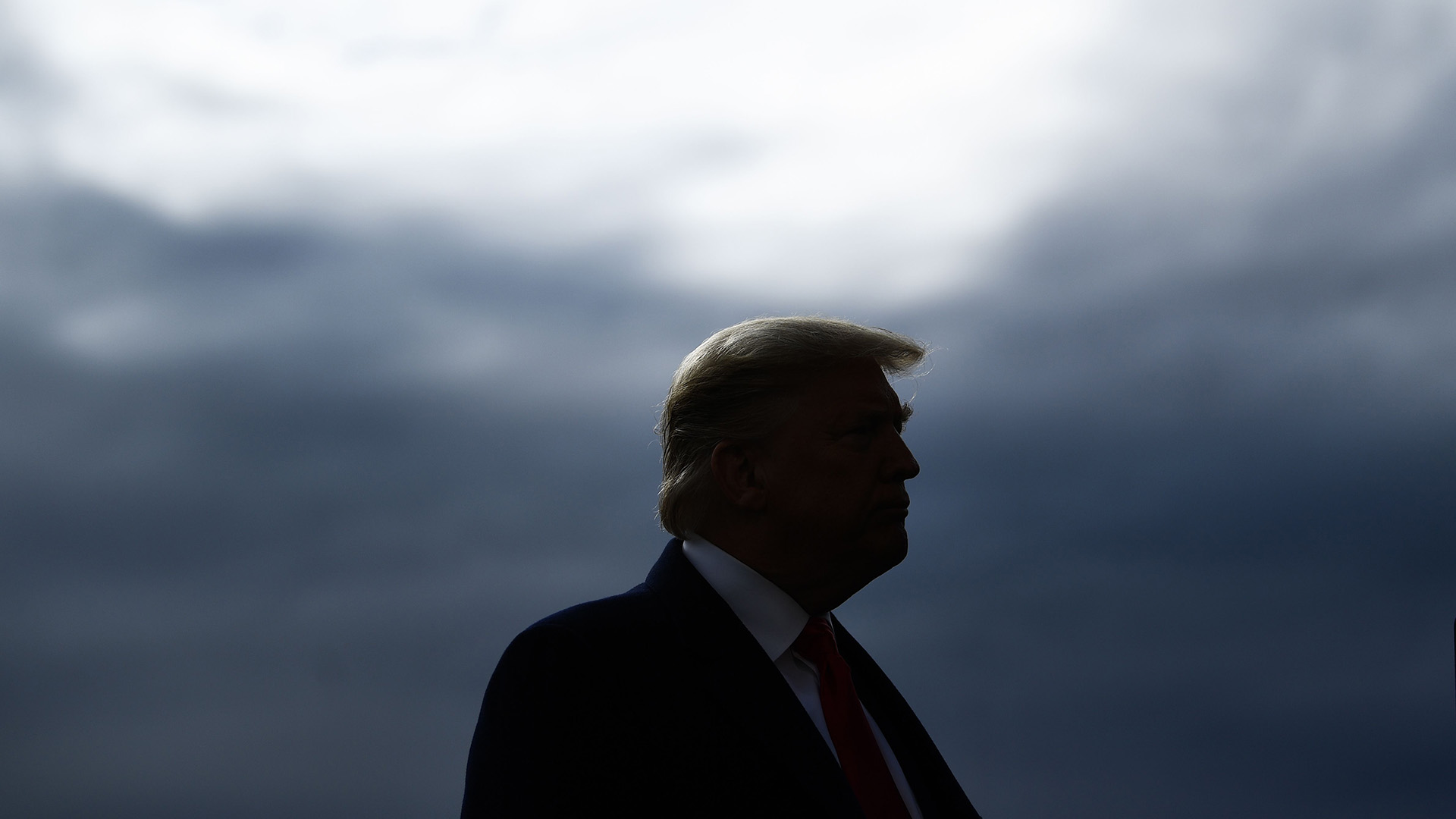The 2020 US presidential election has been overshadowed by a massive disinformation campaign. Incumbent Trump attacked the vote with unsubstantiated claims. Only when his defeat was clear did his fellow campaigners distance themselves.
By Patrick Gensing, editorial office at ARD-faktenfinder
June 2019 – more than a year before the upcoming US presidential election: incumbent Donald Trump claims in an NBC interview that there was serious electoral fraud in the 2016 election in California. The state allegedly admitted that there were a million illegal votes that should not have counted.
There is no reliable evidence to support this claim. Trump referred to a report on “inactive voters”, but it does not claim that there was serious electoral fraud. Instead, it concerns voters who were still registered in California but no longer live there or have died. California State Secretary Alex Padilla, whose agency is responsible for running elections, said Factcheck.orgno matter how many times Trump repeats it, his “lies about voter fraud are simply untrue”. The statements are intended to undermine confidence in the elections.
Immediately after his 2016 election victory, Trump spoke of manipulation. His victory was far greater than the official result expressed, the message said. He even set up a commission, but it was unable to provide any evidence. The closer the recent vote got – and the stronger the lead of his challenger Joe Biden grew, the more often Trump warned of a huge manipulation.
Accordingly, conspiracy supporters enthusiastically took up the claims, not only about the alleged election fraud, but also about the corona pandemic. Trump has become the world’s most important influencer when it comes to fake news. A focus of disinformation in the November election was Pennsylvania: Authorities denied there Allegations of alleged election fraud. Media reportedthat the state has become a battleground for false claims. Right-wing media and prominent conservatives began spreading unsubstantiated claims of alleged election fraud on election day. Rifle aid came from Russia: State television broadcast allegations of election fraud in the US on its main news program.
The climax of the disinformation campaign was reached shortly after the election: while the vote was still being counted in several states, Trump claimed in the White House that there had been serious fraud. Again, he did not provide any evidence, but he wanted to involve the Supreme Court. In addition, votes should no longer be counted, demanded the US President – and declared himself the winner of the election. An open attack on democracy.
But the US democratic system withstood the attacks from its heart, the White House. Trump’s lawsuits were dismissed, and his colleagues increasingly turned their backs on him. Even through his favorite media, Trump was no longer able to spread his misleading and refuted messages unfiltered: the ultra-conservative Fox News began to classify Trump’s allegations critically. And Twitter tagged numerous tweets from the president with warnings and fact checks, and even temporarily limited interactions.
On January 20, the elected successor Biden should move into the White House, then Trump could also lose his Twitter account if he continues to violate the guidelines so massively. What remains is a term of office in which the US president’s reputation has suffered massively and targeted false reports have become a new normal.

